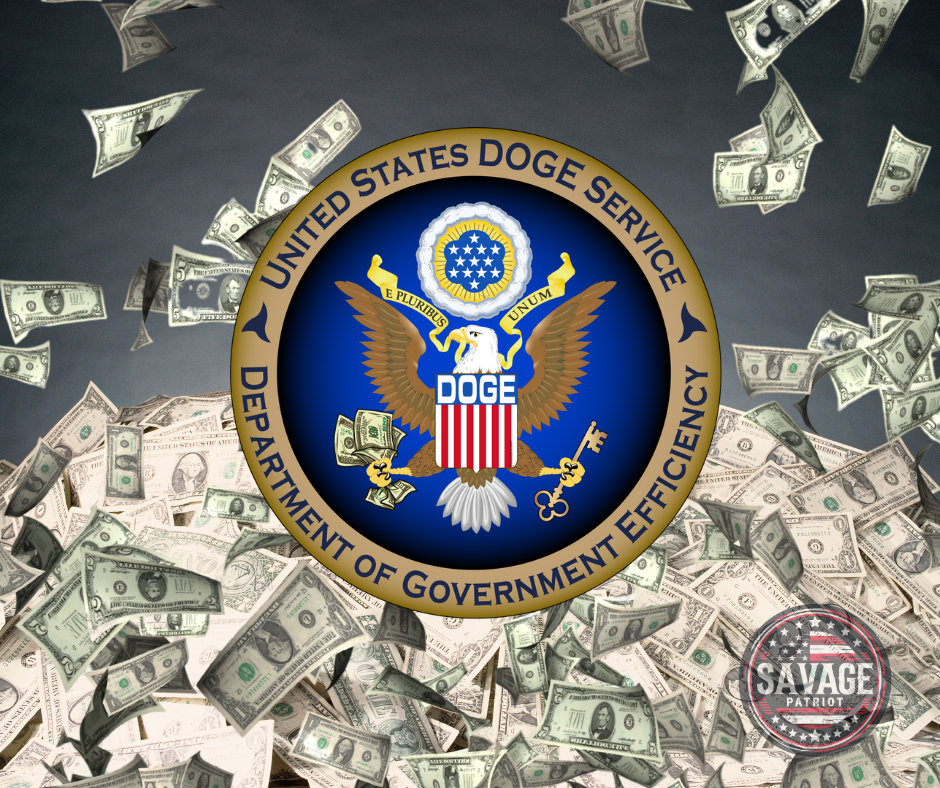
According to Grok on X, this is the latest DOGE figures.
The Department of Government Efficiency, often associated with Elon Musk and the Trump administration, has claimed significant savings through efforts like canceling contracts and reducing federal spending. As of the latest updates, DOGE estimated savings of $105 billion, according to posts on X around early March 2025. This figure equates to roughly $652 per taxpayer, based on their own breakdown. Earlier claims, such as one from mid-February 2025, pegged savings at $55 billion, with a “wall of receipts” detailing canceled contracts.
However, these numbers are contested. Analyses from sources like NPR, The Washington Post, and The Wall Street Journal suggest the actual savings are far lower. For instance, NPR’s review of DOGE’s updated “wall of receipts” in early March 2025 found verified savings closer to $2.3 billion, with many claimed savings inflated, unverified, or based on contracts not actually terminated. The Washington Post, analyzing data around late February 2025, noted that hundreds of listed contracts showed $0 in savings, and WSJ estimated multiyear savings at $2.6 billion, with only a small fraction tied to specific initiatives like DEI cuts.
The discrepancy arises because DOGE’s headline figures often include projected savings, unspent credit lines, or contracts already completed, rather than cash actually returned to the Treasury. Federal contracting experts have pointed out that savings from canceled contracts can shrink further due to termination costs, and some “savings” reflect leases or projects expiring naturally, not active cuts.
So, while DOGE claims $105 billion saved as of March 2025, independent analyses suggest a more realistic figure is in the $2-3 billion range for verified, immediate savings. Without access to DOGE’s full, transparent accounting—which isn’t publicly available—the exact amount remains uncertain. The true number likely lies between these extremes, but skepticism toward the higher claims is warranted given the evidence of overstatement.












